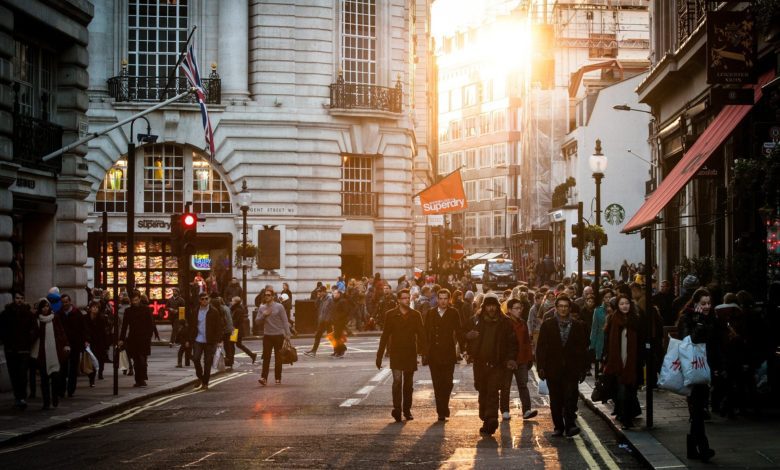Footfall improves during October
The final week of the month, which included the October school half term, was “pivotal” in boosting footfall, shifting the average from -14.3% over the first three weeks to -10.9% in the last week of the month

October footfall saw a “noticeable improvement” to -13.4% lower than in 2019 compared with -17.4% in September, according to the latest figures from Springboard.







